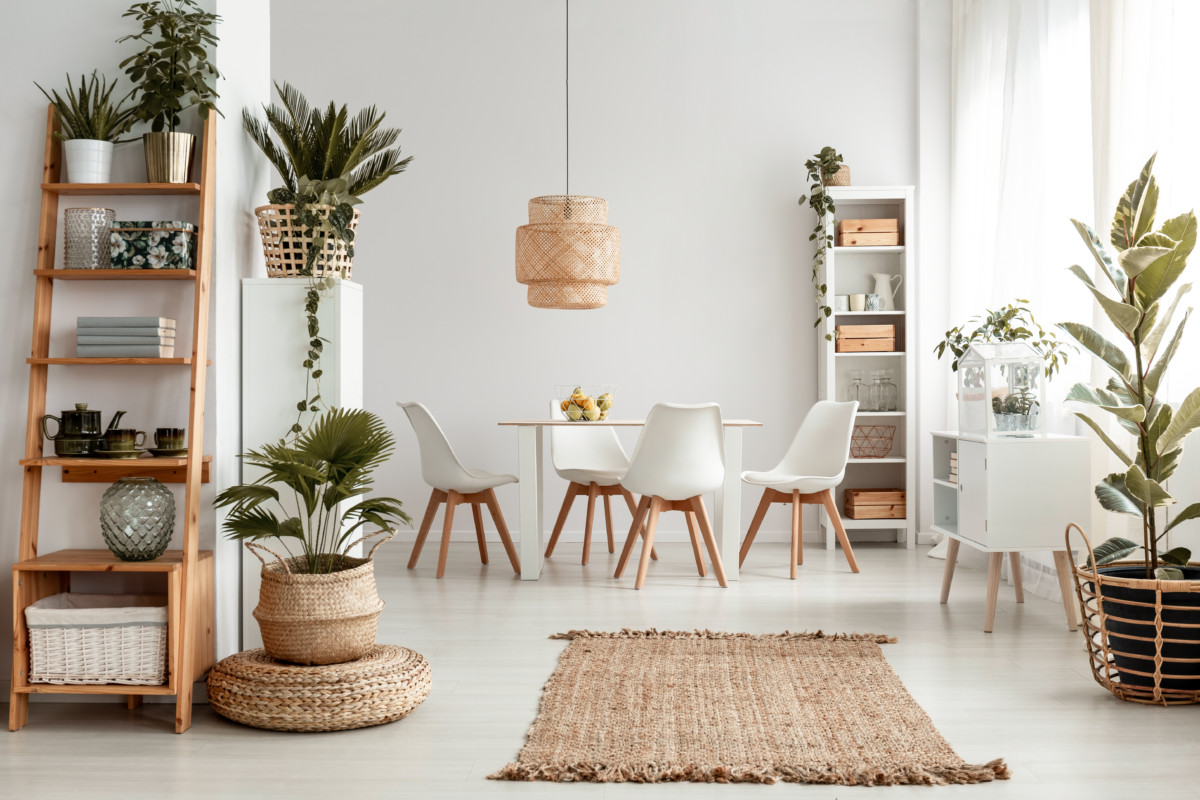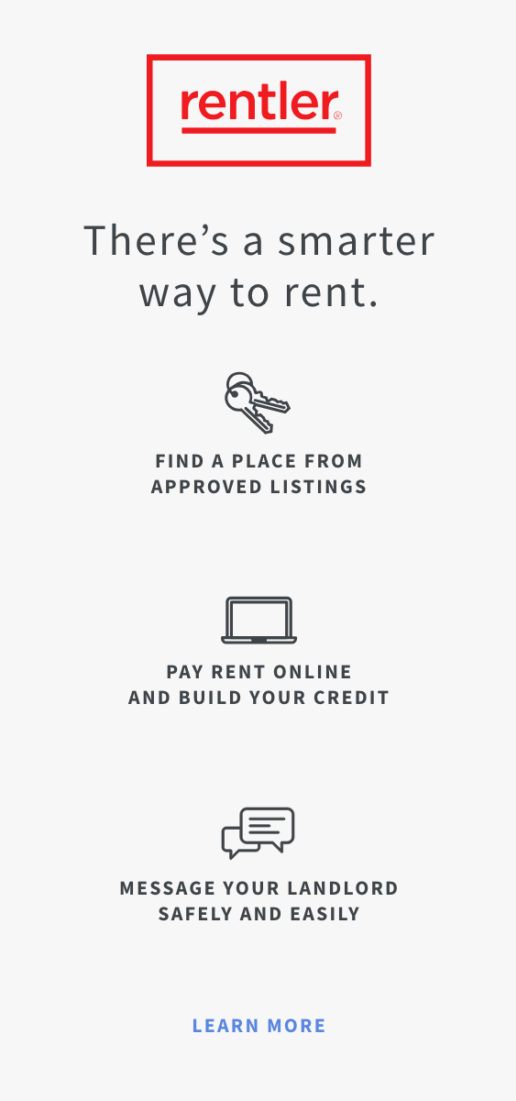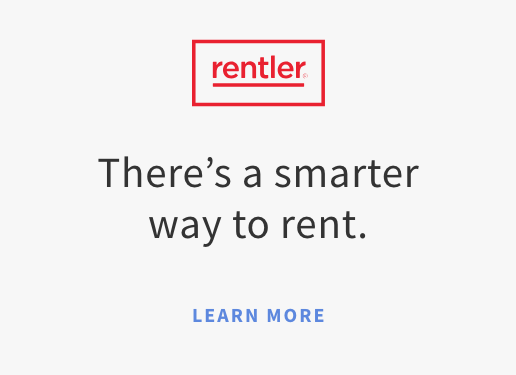There is more to renting a property than simply looking at how it’s laid out and the area it’s in. You should thoroughly examine the rental property before signing your name on anything.
When moving into a new home, there are several things you need to consider. For example, if the property is located in a remote area, you should double-check the address. If there are any questions about ownership or transfer, you will want to check with an attorney. Any pending utility bills must also be taken care of.
Before signing a lease with a landlord, a prospective tenant should do a few standard house inspections. First, make a home inspection appointment with the landlord after ensuring the house is big enough for you and your family.
Things to Check
Searching for a home can be a stressful experience. So here is a property inspection checklist to help you out a little bit.
- Plumbing and Water-related Facts
When completing the first tour before renting a new house or apartment, these things tend to go undetected, but you will have to deal with them daily. Unstable water temperature or water pressure are the worst, and no one enjoys a shower that will not drain or a toilet that does not flush.
The pressure and temperature of the water can be tested on your hand to make sure it is safe to use while you are examining the property. Check for good drainage by running all taps and flushing all toilets. Before moving in, talk to the landlord or property management firm if you detect any problems. They may be able to help you out.
- Kitchen Equipment
Make sure to turn on the stove, oven, or refrigerator in the kitchen, just as you do with the bathroom’s shower, toilet, and sink. You will be using these appliances almost every day, so checking that they are in good working order is crucial.
When it comes to the kitchen equipment, appearances can be deceptive. Even if there is no visible damage, this does not always imply that everything will operate smoothly. If the appliances are not working, you will need to talk things over with your landlord and decide who is liable for maintenance and repairs.
- Floors and Walls
When you enter your potential new house or apartment, the flooring, carpets, walls, and ceilings are usually the first things you would see. Even if the previous renters’ photos left pinholes in the walls, you should check for more severe damage, such as any significant holes in the walls or stains on the carpet. Let your new landlord know that the former renter was responsible for any existing damage.
Examine the whole base of the walls for cracks or holes that might allow rodents or other pests to make a home there. Water-damaged walls should be inspected for cracks and water stains.
Sloping floors might signal structural damage or foundation problems and should be quickly corrected or replaced. Additionally, stains and soft spots in the flooring can indicate decay or water damage.
Examine the ceiling for any water stains, cracks, or drooping that indicate a water leak or broken roof that needs immediate attention.
Your landlord will appreciate it if you provide photos of the damage in an email. Then, both of you will be able to use this as a reference in the future. If you do not, you could be penalized for the damage, and your security deposit can be decreased when you leave. In most cases, if you cannot establish that the damage was already there when you moved in, you will have to pay for it.
- Roofing and Exteriors
After inspecting the interiors, you should also check the exteriors and roofings to see if there are any issues. Here are a few aspects of the house’s exterior that you should check.
- Roofs
Do a visual inspection for missing or loose shingles. A slightly damaged roof can expose the structure to water, deteriorate the insulation, wood, and drywall, putting the electrical, plumbing, and HVAC systems at risk. Due to the critical nature of your roof, get it inspected by a qualified, experienced roofing specialist if there are any possible concerns.
- Railings
Determine that all railings are securely tightened and installed. It is essential to do this before renting a house.
- Door Locks
Recheck all external door locks. Check for air leakage and repair it immediately if there is any. Additionally, walkways and common spaces should be well-lit and devoid of obstructions or garbage.
- Exterior Lights
Verify that all outside lights are operational, whether mounted on a post, attached to the building, or located along the walkways. If there is a security system, test it to ensure you understand exactly how it works. Wherever your mailbox is placed, ensure that you can access it and test the key.
- Siding
Check to see what kind of siding the house has. There are several siding options, but the most common are natural wood siding, stucco siding, stone siding, and metal siding.
Natural wood siding is a low-maintenance option that is also eco-friendly. Metal siding is low maintenance, insect and fire-resistant, and eco-friendly. Stone siding is cheaper, lightweight, and low maintenance.
There are many benefits of stucco siding. It has excellent insulation capabilities since it serves as an exterior “shell.” This means less energy is needed for heating and cooling, reducing energy bills. It can also reduce noise pollution from outside. It can also prevent mold setting in due to its porous nature.
- Safety Equipment
In an emergency, while renting a home, you will want to know that the property’s safety measures are working effectively. Smoke and carbon monoxide detectors are lifesavers in emergency circumstances. To be aware of any possible threat, it is vital to ensure that the devices are functioning correctly.
There is a good chance that a smoke or carbon monoxide detector light is not operating correctly if it does not light up at all. When a gadget has a light or lights on it, it has power and is functioning. The landlord should check the lights before you move in.
- Rental Agreements
A tour of your new possible rental home is crucial. However, you should also check and evaluate the contract you sign before getting there to ensure nothing was overlooked. Detailed information about your contract and your obligations can be found in the lease.
Before signing your rental agreement, make sure you read it well and address any issues you may have. Many folks were left stunned when they discovered something in their lease or rental agreement that they had been unaware of.
Other Things to Check
Trying to figure out whether a rental home fits your lifestyle and space demands can frequently overlook the most important aspects of renting a home. So keep a to-do list handy to make sure nothing slips your mind.
- Security
Everyone wants to live in a house that is free of danger. Things to check for in a rental’s security include secure parking garages, security lighting and alarm systems, and electronic or gated entrance. You can tell whether a rental property is safe if you search for these features beforehand.
- Cleanliness
Stains on the walls and carpet and other signs of a bug infestation might indicate that the property is infested. It goes without saying, living in a filthy and infected apartment is unpleasant. However, the landlord can hold you liable for any damage or insect issues in the long run.
- Parking
A difficult day at work is more challenging when you have to drive all over to search for a place to park. So while doing the inspection, think about parking spaces. Then, before you sign a contract, you will know whether or not you will have either an assigned or shared area.
Conclusion
If you are looking to rent a home, do not only consider the neighborhood and nearby facilities like public transit, parks, and schools. Check and evaluate the rental property thoroughly, especially if it is your first time. Best of luck with your new place!




